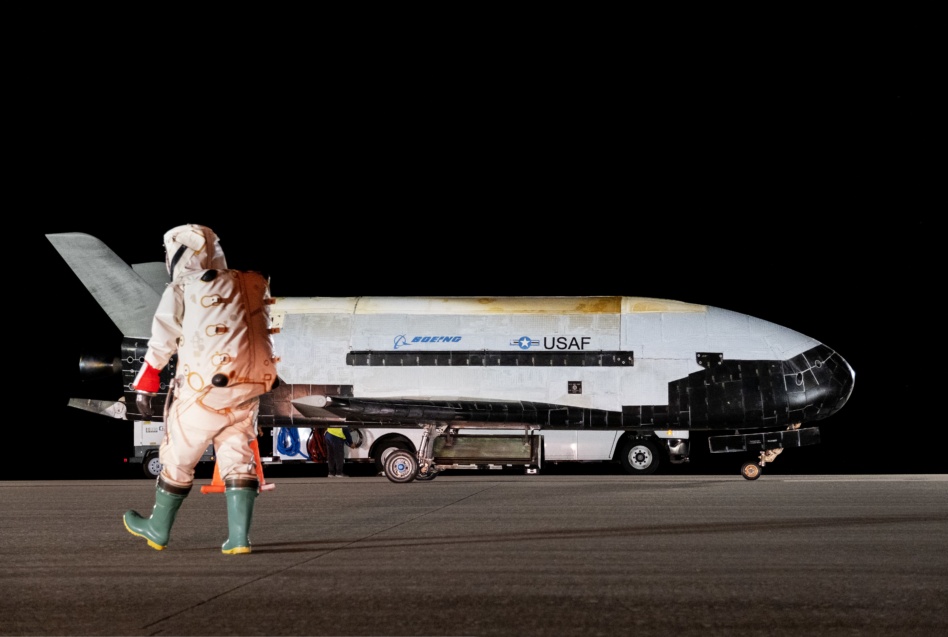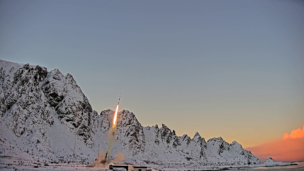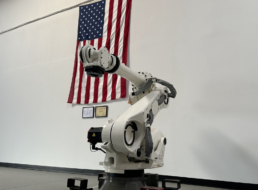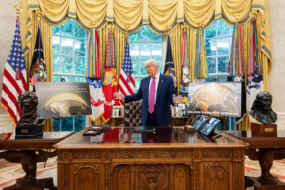After 908 days in space—and smashing its own previous orbital endurance record in July—the Boeing-built, US Air & Space Force-operated X-37B has returned to Earth. The reusable military spaceplane touched down Saturday at 5:22am at NASA Kennedy’s Space Center Shuttle Landing Facility.
Oh (TV-6), the places you’ll go…
Orbital Test Vehicle-6, as the name suggests, was the experimental spaceplane’s sixth mission. OTV-1, the first mission, lasted 225 days. OTV-6 launched on an Atlas V in May 2020.
- Boeing has two X-37Bs in its fleet. The plane is ~1/4th the size of the Space Shuttle, and can fly anywhere from 150 to 500 miles above Earth.
- The X-37B is designed to push the envelope on reusable spaceflight and long-duration, on-orbit experiments that can be brought home to Earth.
What say the Space Force?
“This mission highlights the Space Force’s focus on collaboration in space exploration and expanding low-cost access to space for our partners, within and outside of the Department of the Air Force,” Gen. Chance Saltzman, the USSF’s chief of space operations, said in a news release.
Mission accomplished
OTV-6 hosted a power-transmitting microwave for the Naval Research Laboratory, dropped off a US Air Force Academy satellite, and also carried NASA materials and space crops experiments. Finally, prior to landing, OTV-6 successfully separated from a service module that A) rode with the spaceplane for the first time and B) boosted the amount of experiments supported on the mission.
“The deliberate manner in which we conduct on-orbit operations—to include the service module disposal—speaks to the United States’ commitment to safe and responsible space practices, particularly as the issue of growing orbital debris threatens to impact global space operations,” commented Secretary of the Air Force Frank Kendall.
What next? No word yet on when to expect OTV-7, and what its mission parameters and goals might look like.
+ While we’re here: China’s spaceplane, which has been in space for 100+ days, dropped off a mysterious package into orbit late last month.




